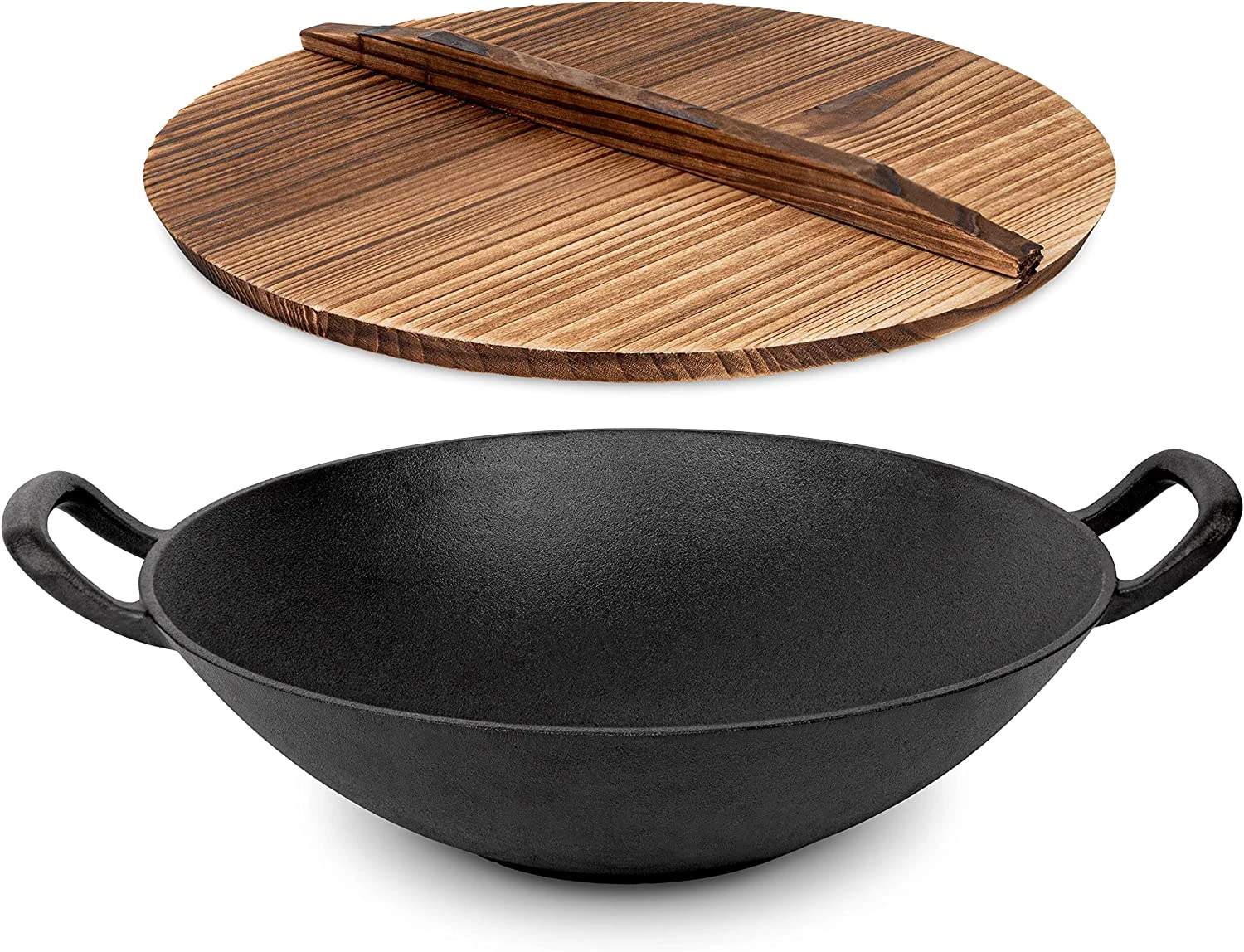
Comparing Cast Iron and Wrought Iron for Durability and Performance
Cast Iron vs. Iron Which is Better?
When it comes to cookware and various industrial applications, the debate between cast iron and wrought iron is a topic of significant importance. Both materials possess unique characteristics, making them suitable for different uses. Understanding the differences between cast iron and wrought iron can help you make informed choices based on your needs.
Composition and Properties
The primary difference between cast iron and wrought iron lies in their composition. Cast iron is an alloy of iron, carbon, and silicon, with carbon content typically ranging from 2% to 4%. This high carbon content gives cast iron its remarkable castability, allowing it to be poured into molds, where it solidifies into complex shapes. Its crystalline structure makes it strong but also brittle, meaning that while it can withstand significant pressure, it can shatter when subjected to a heavy impact.
On the other hand, wrought iron has a much lower carbon content, usually below 0.1%. This results in a more ductile material that can be easily shaped and welded. Wrought iron’s fibrous structure gives it superior tensile strength, making it highly resistant to deformation. It is less brittle than cast iron, which generally makes it favored for applications requiring structural integrity.
Cookware Applications
In culinary settings, cast iron has dominated the market for centuries due to its excellent heat retention and distribution. Cast iron skillets and frying pans are renowned for their ability to cook food evenly and withstand high temperatures. Furthermore, when properly seasoned, cast iron cookware develops a natural non-stick surface that enhances flavor and makes it ideal for a variety of cooking methods, from frying to baking.
cast iron vs iron which is better

Wrought iron is less commonly used for cookware but does appear in specialty items such as some types of Dutch ovens. While it may not have the same heat retention properties as cast iron, wrought iron pans can achieve high temperatures quickly, making them good for certain high-heat cooking techniques like searing meats. However, their weight and maintenance requirements make them less popular among the average home cook.
Durability and Maintenance
Both cast iron and wrought iron are highly durable, but they require different care to maintain their longevity. Cast iron needs to be properly seasoned to prevent rusting and maintain its non-stick surface. This process involves applying a thin layer of oil and heating the cookware to create a seasoned surface. If neglected, cast iron can develop rust, but fortunately, rust can often be removed with appropriate cleaning techniques.
Wrought iron, although more resistant to rust than cast iron, still requires care, especially when exposed to moisture. It is usually left untreated to create a unique, rustic appearance, which, if not protected, can lead to corrosion, especially in humid environments.
Conclusion
Ultimately, whether cast iron or wrought iron is “better” depends on the intended application. For cookware, cast iron is often the preferred choice due to its excellent heat retention and distribution properties, along with its ability to develop a natural non-stick surface. Wrought iron may be considered when greater flexibility and strength are required in construction or artistic applications.
In summary, understanding the differences in composition, properties, applications, and maintenance of cast iron and wrought iron can help you choose the right material for your needs. Whether you are an avid home cook looking for the perfect skillet or an architect seeking durable building materials, both cast iron and wrought iron offer distinct advantages that cater to various preferences and requirements.
-
Cast Iron Cookware Pancake Pan- ZD Cookware|Non-Stick, Even Heat, DurableNewsAug.02,2025
-
Cast Iron Cookware- Baixiang County Zhongda Machinery|Non-Stick, Heat RetentionNewsAug.02,2025
-
High Quality Kitchen Durable Black Round Cast Iron Cookware Pancake Crepe Pan With Wooden Handle|Non-Stick Surface&Heat RetentionNewsAug.02,2025
-
Authentic Traditional Chinese Wok for High-Performance CookingNewsAug.02,2025
-
Season Cast Iron Perfectly with GPT-4 Turbo TipsNewsAug.01,2025
-
High Quality Cast Iron Cookware - Baixiang County Zhongda MachineryNewsAug.01,2025


